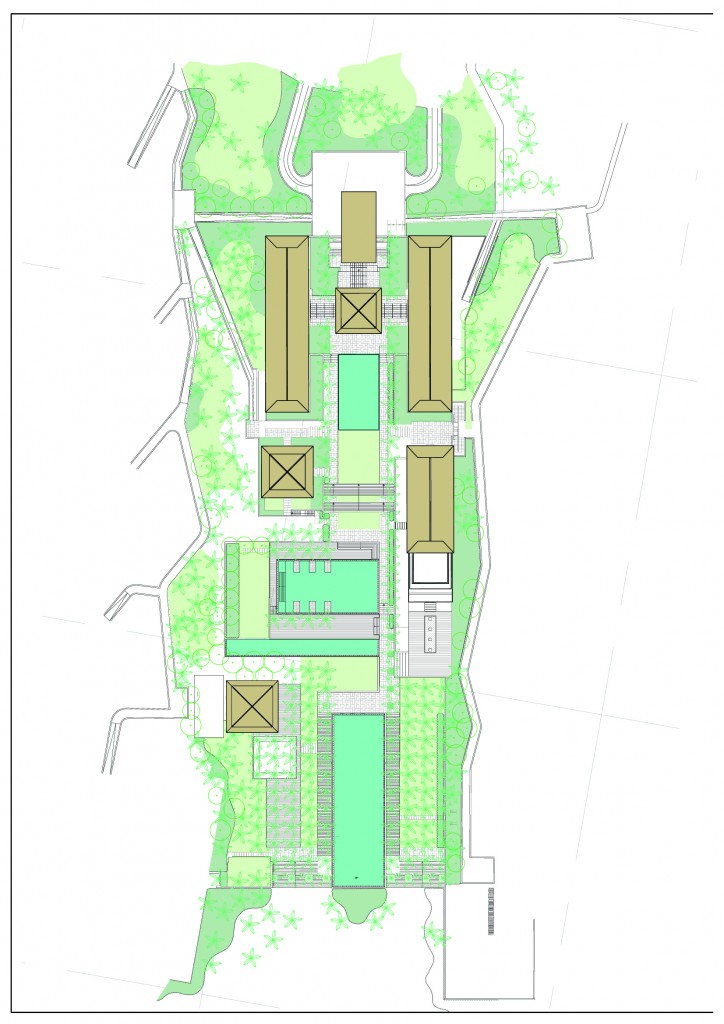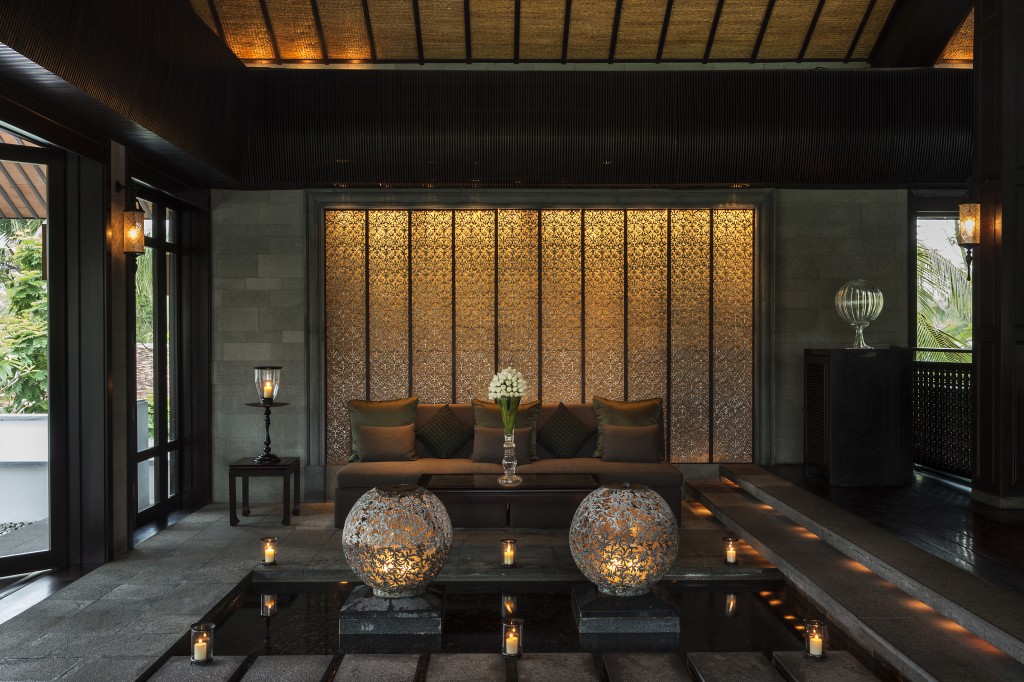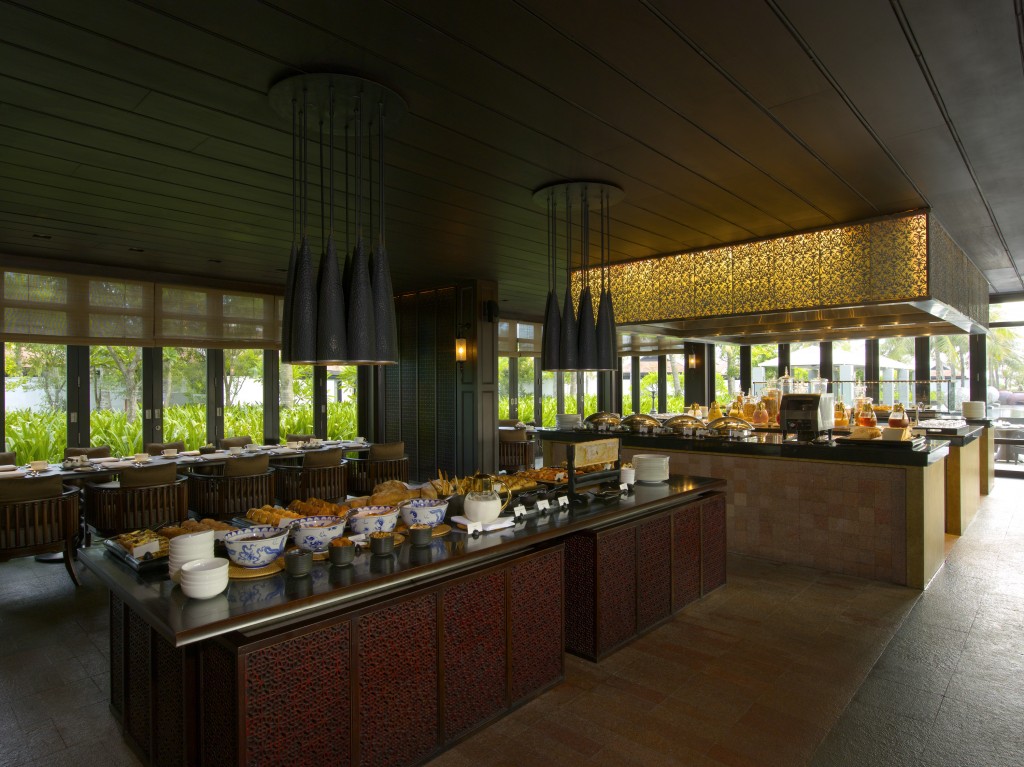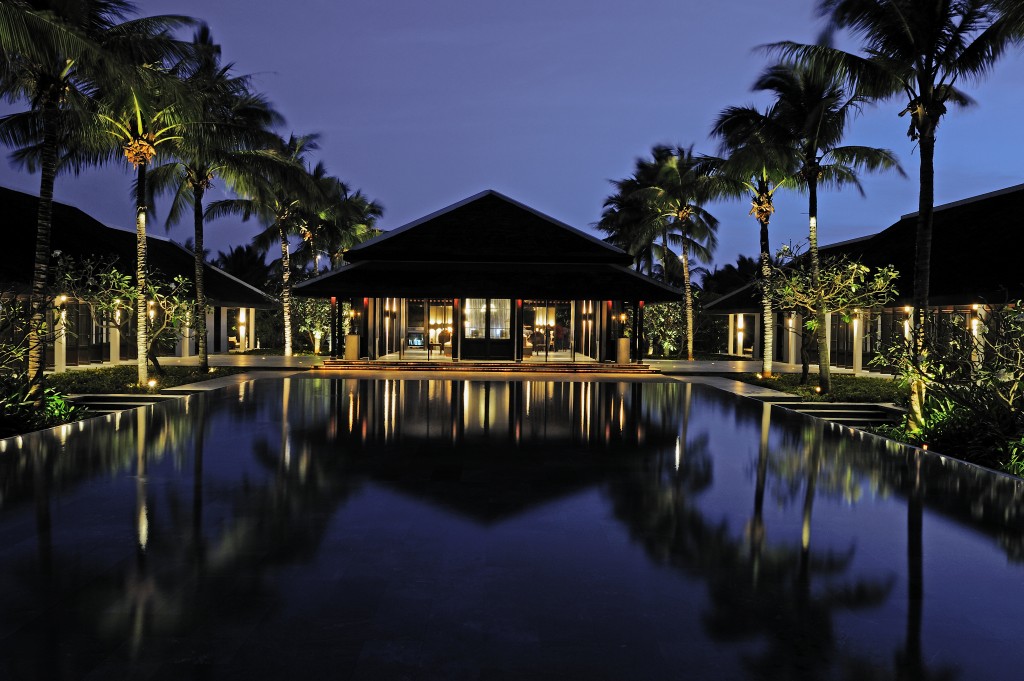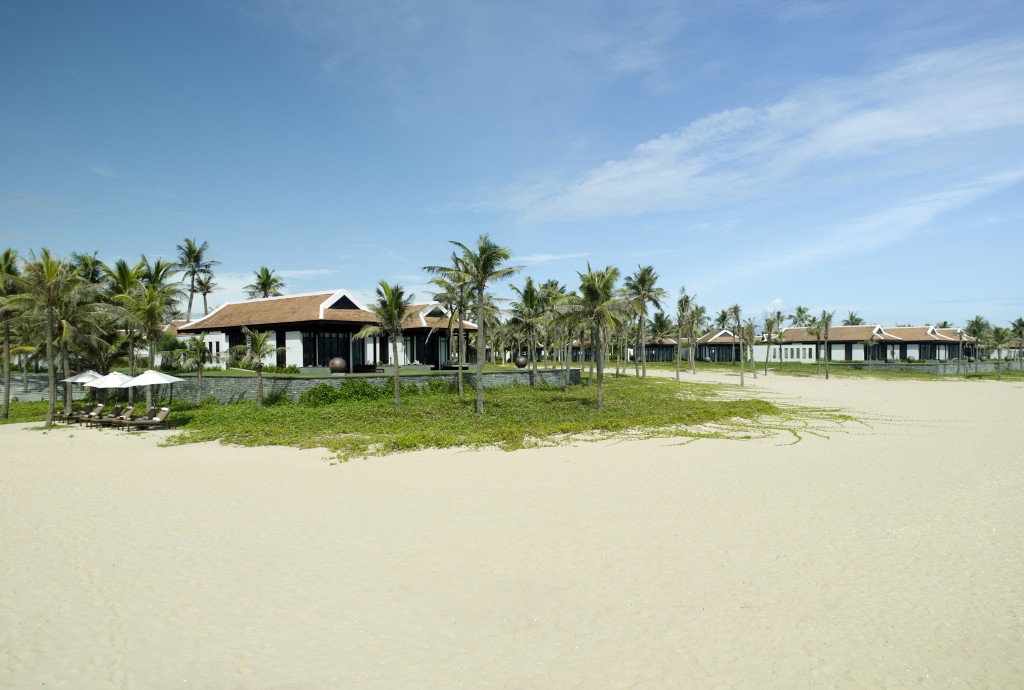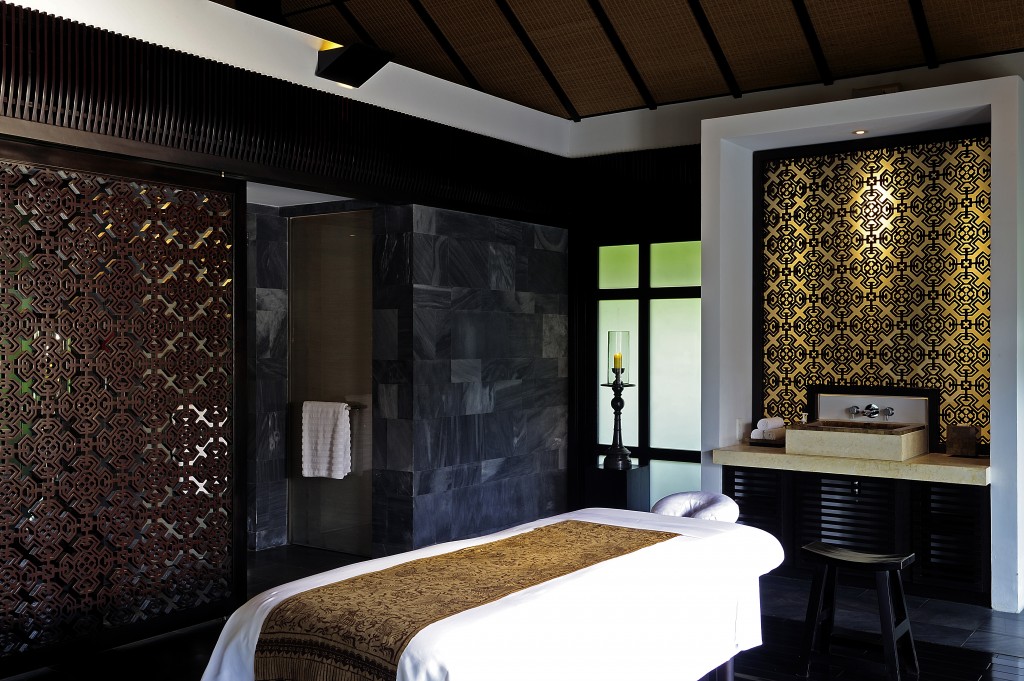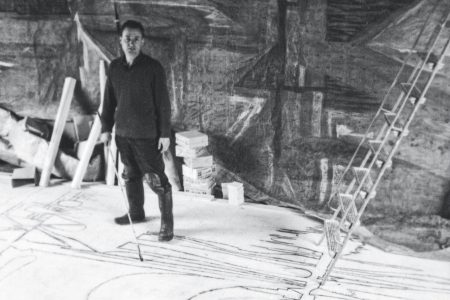The Nam Hai: Poetry of balance
The Nam Hai is situated along the seaside of the still-protected central coast of Vietnam, close to Hoi An, a picturesque village classed as a world heritage site by UNESCO for its unique, romantic and timeless character. Only 15 minutes away, The Nam Hai extends the lively character of the local culture in a contemporary Asian architecture. The project is based on the quite simple idea of a Vietnamese house, encompassed in the 60 suites and 45 villas making up the ‘resort’. These are grouped around a central axis comprised of a courtyard, reception, boutiques, library and business centre, restaurant and pools. The buildings, topped with roofs with large overhangs, express the essence of traditional Vietnamese architecture.
Rather than decorative or heavy sculptural elements one finds, beyond ornamentation, a real search for the geometry of the spaces and a quest for poetic balance. The only explicit reference to the local heritage is an echoing of the doors of the Tu Duc mausoleum in the imperial city of Hué, transposed by the architects into the simple openings that form the windows of the buildings. “AW2 celebrated tradition, while putting it in a modern context,” explains Peter Ryder, CEO of real estate development company Indochina Capital. “The Nam Hai perfectly embodies this philosophy. Reda and his collaborators reflected on the traditional Hoi An house, which they dissected then reconstructed in a completely contemporary way while retaining all of the essential cultural elements.” These elements include the wooden frames designed with traditional assembly techniques, the square terracotta tiles made by local artisans, and the layout of the bedrooms: a long rectangle divided into three spaces modelled on the Vietnamese peasant house, for the living space, cooking space and space for animals.
Realised using locally available materials and in collaboration with Vietnamese companies, The Nam Hai has been designed to enhance the site of which it is a part, while preserving the landscape quality and the visual, sensory and material balance. The Nam Hai reflects the art of bringing together, within one project, sobriety, elegance and spectacular perspectives.
